

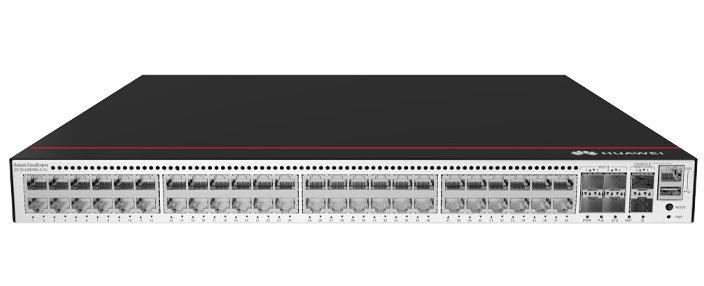
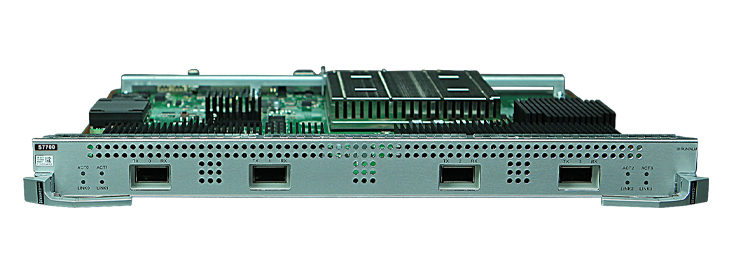

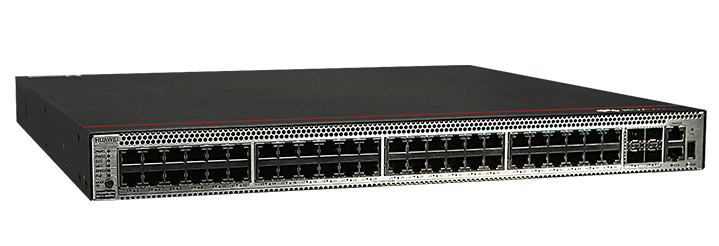

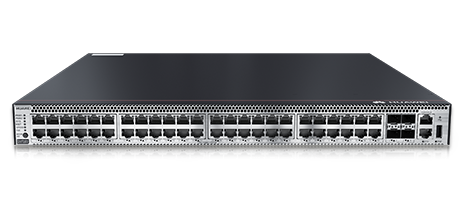
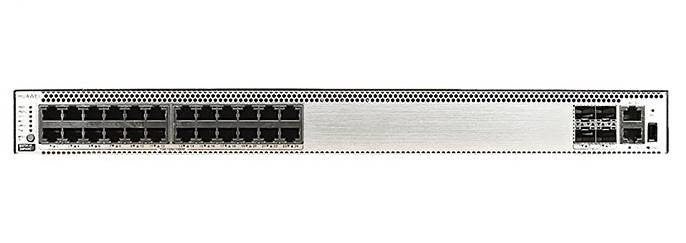
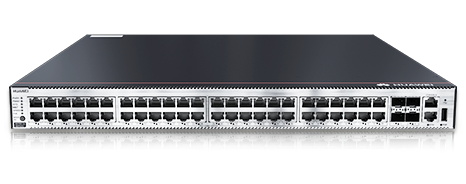
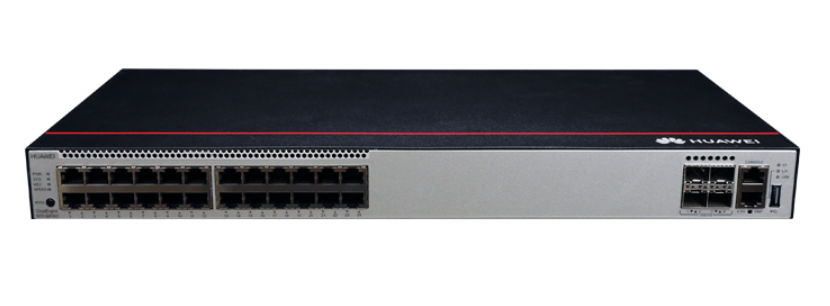
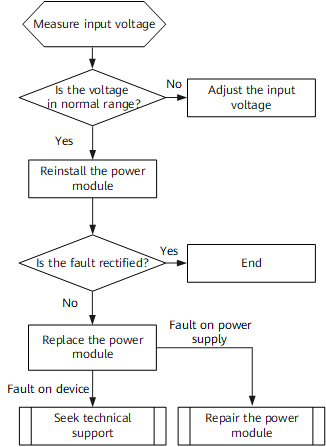
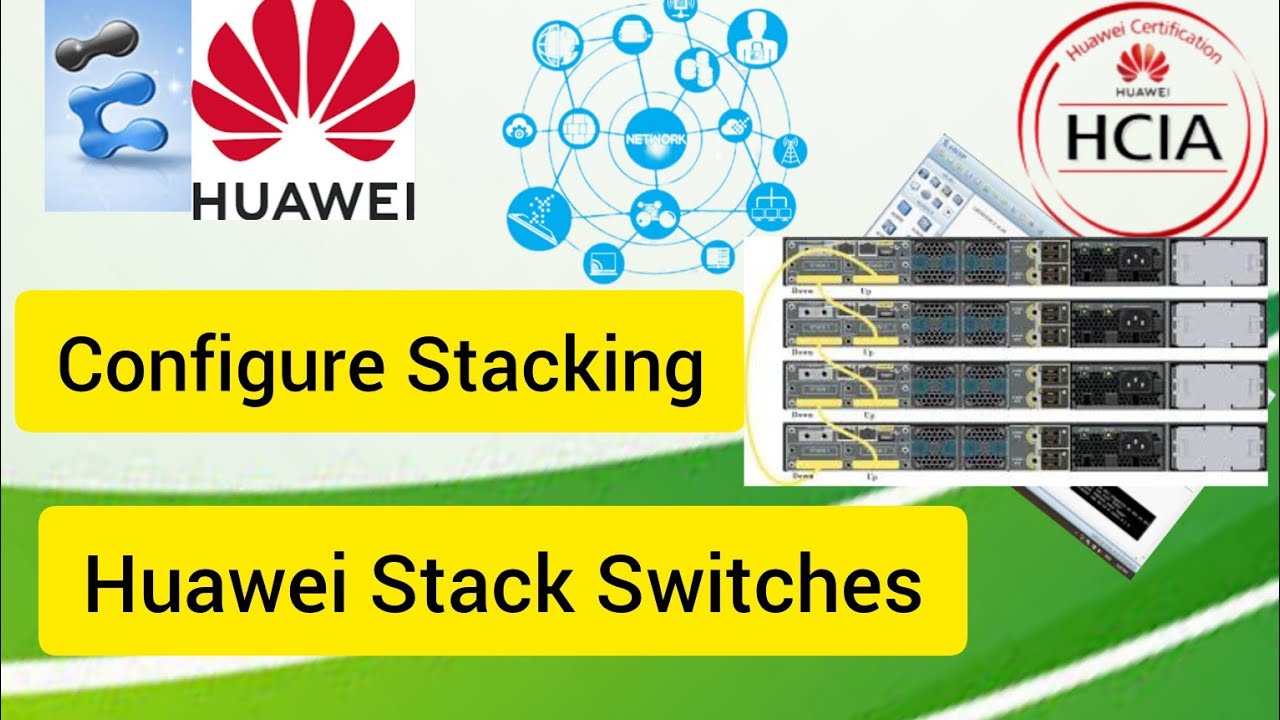
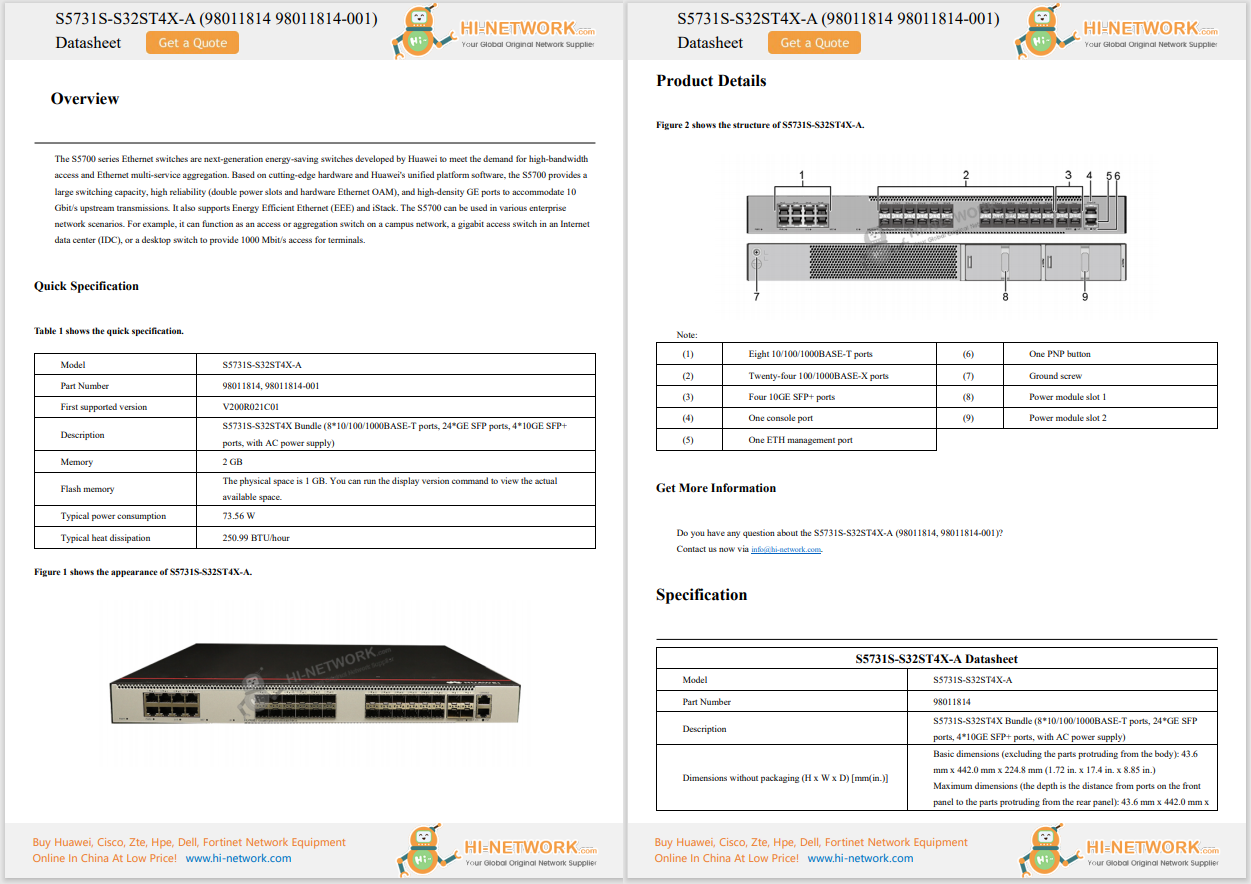
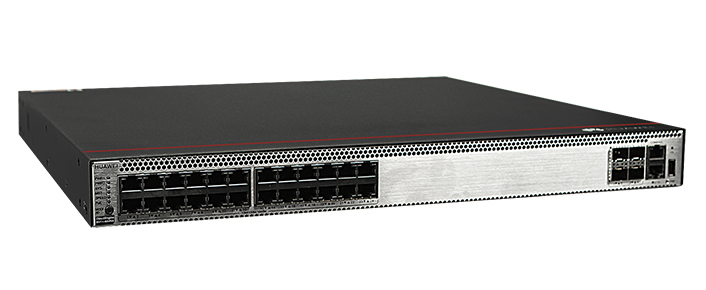
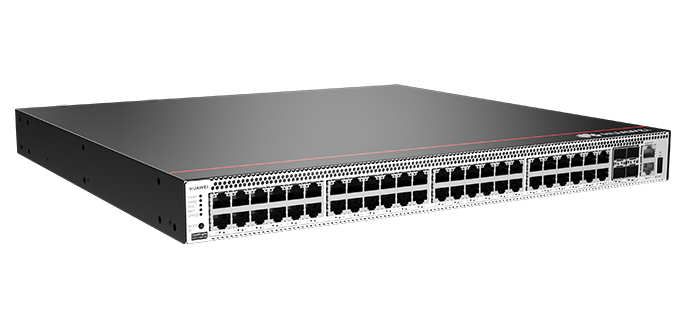
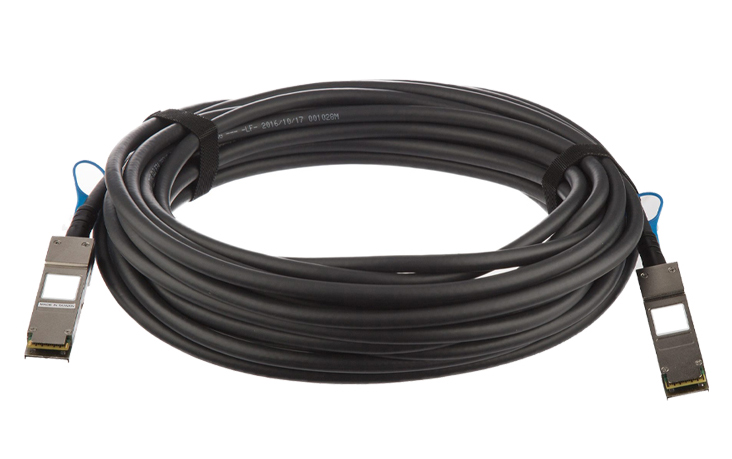
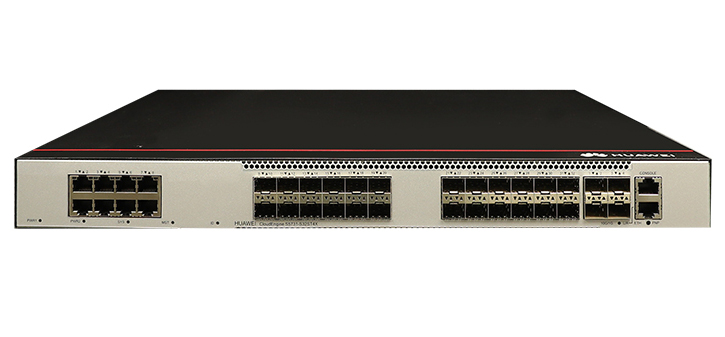
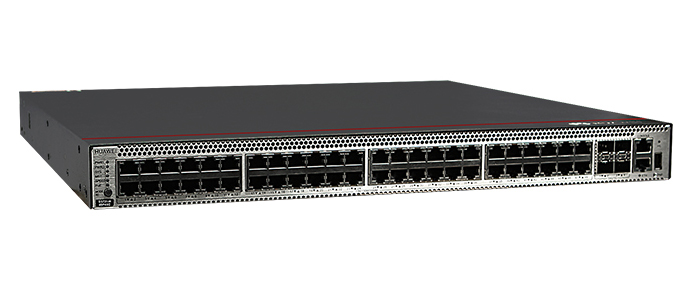
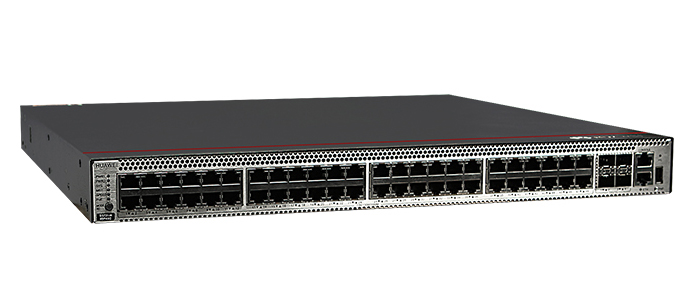
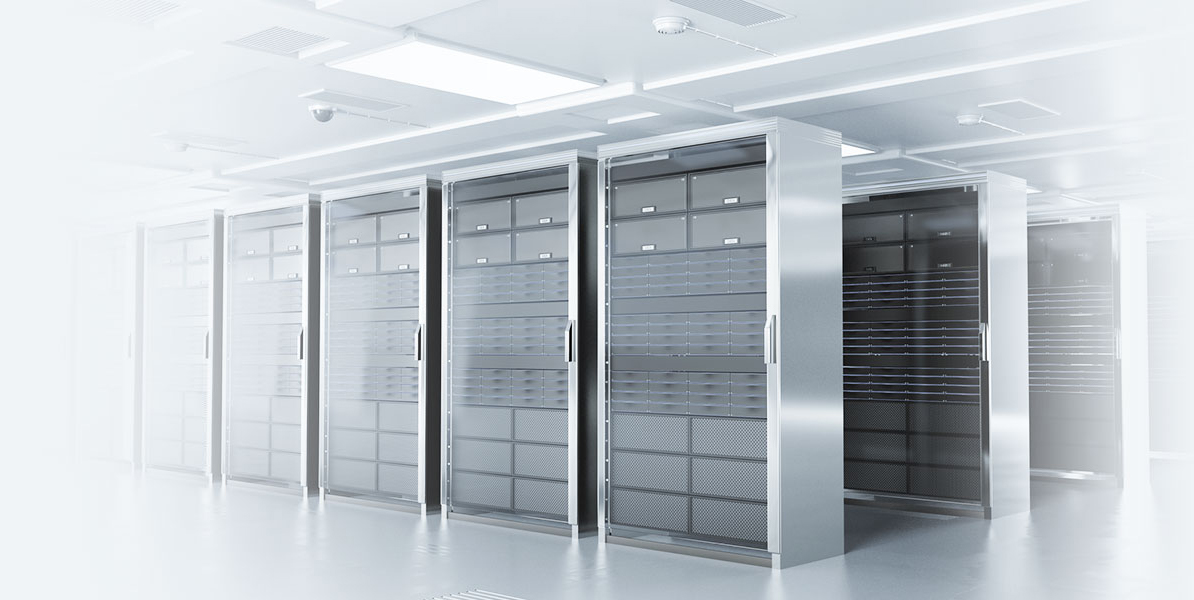
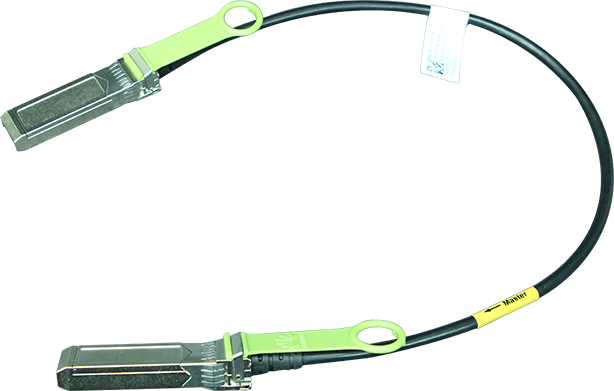
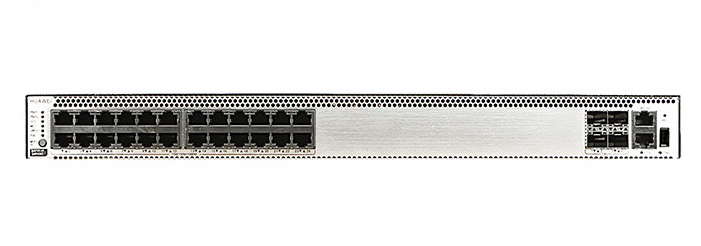

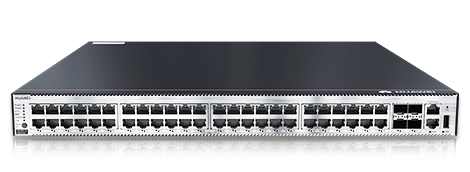

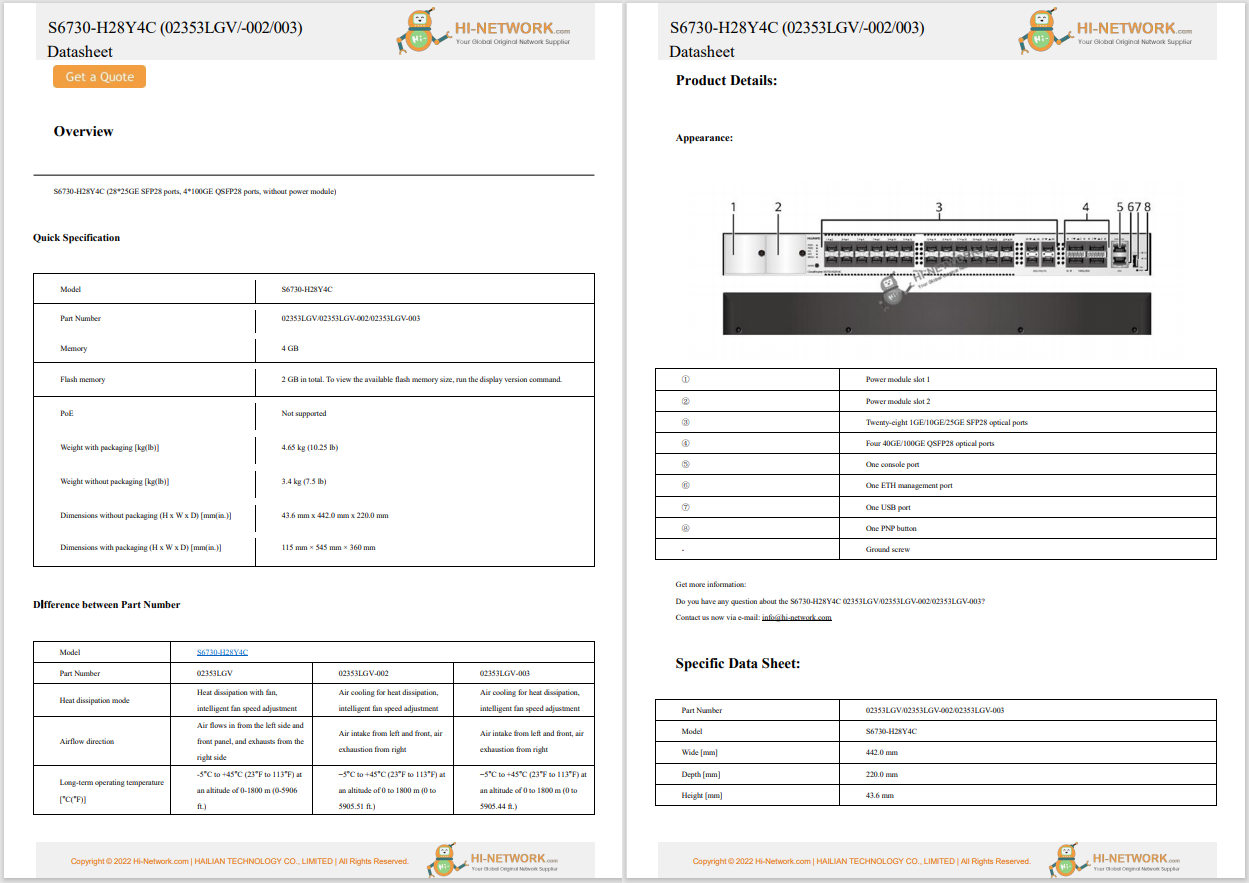

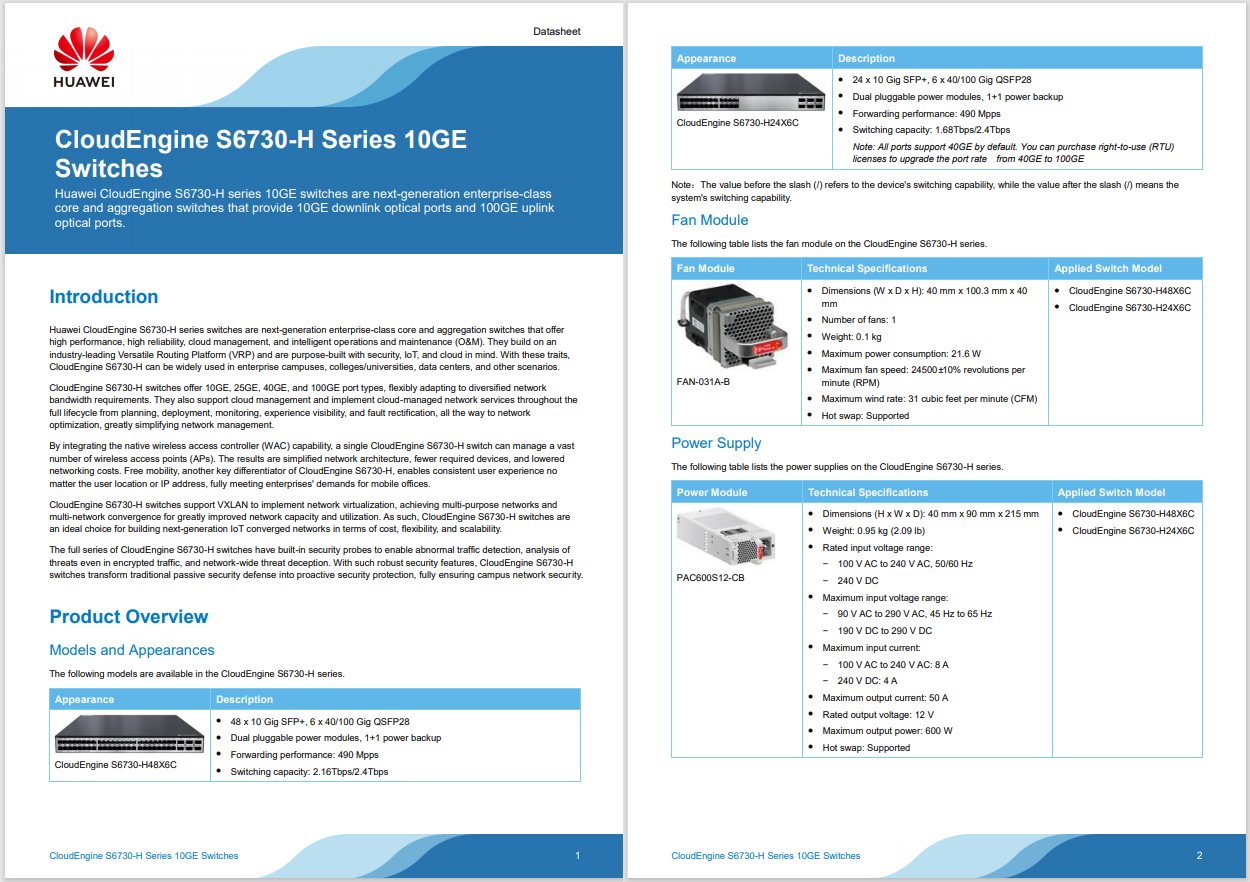
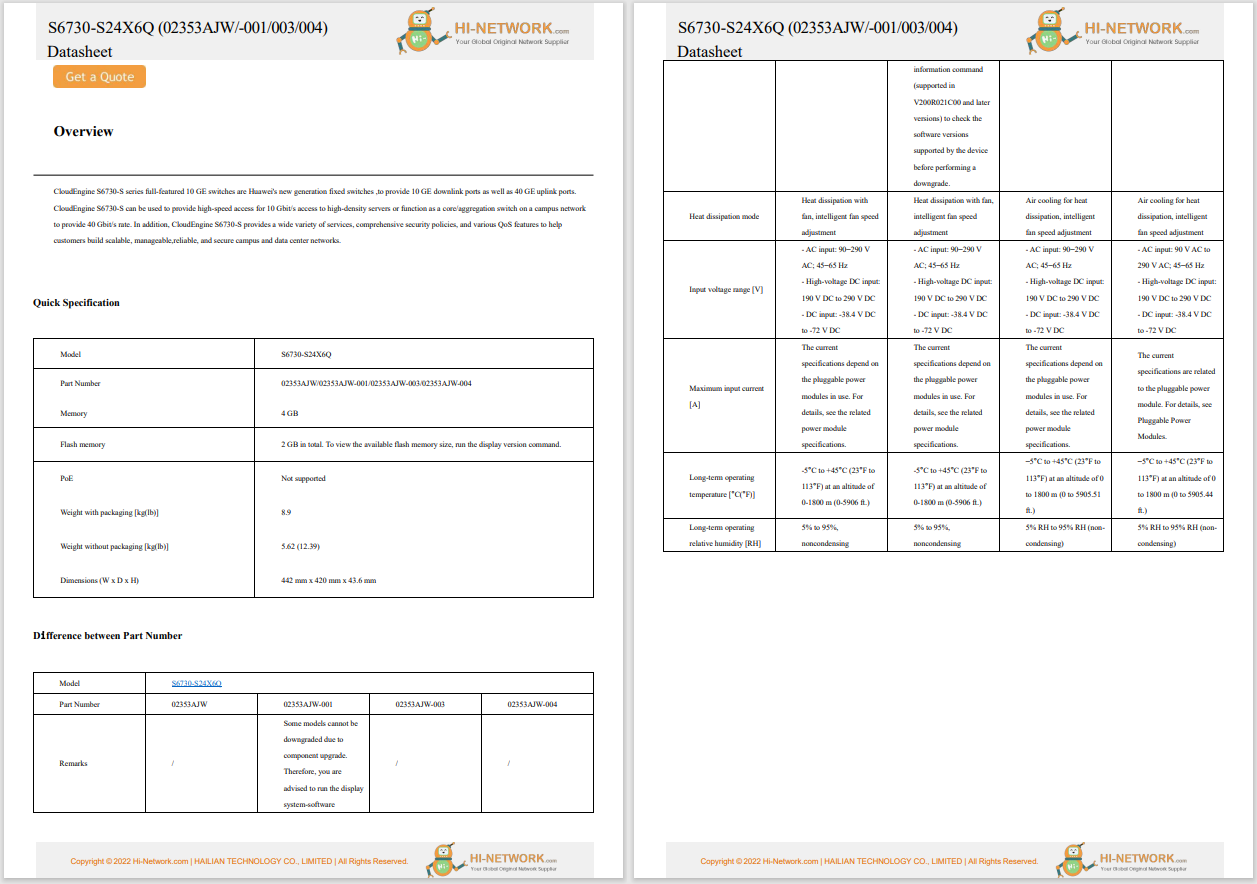

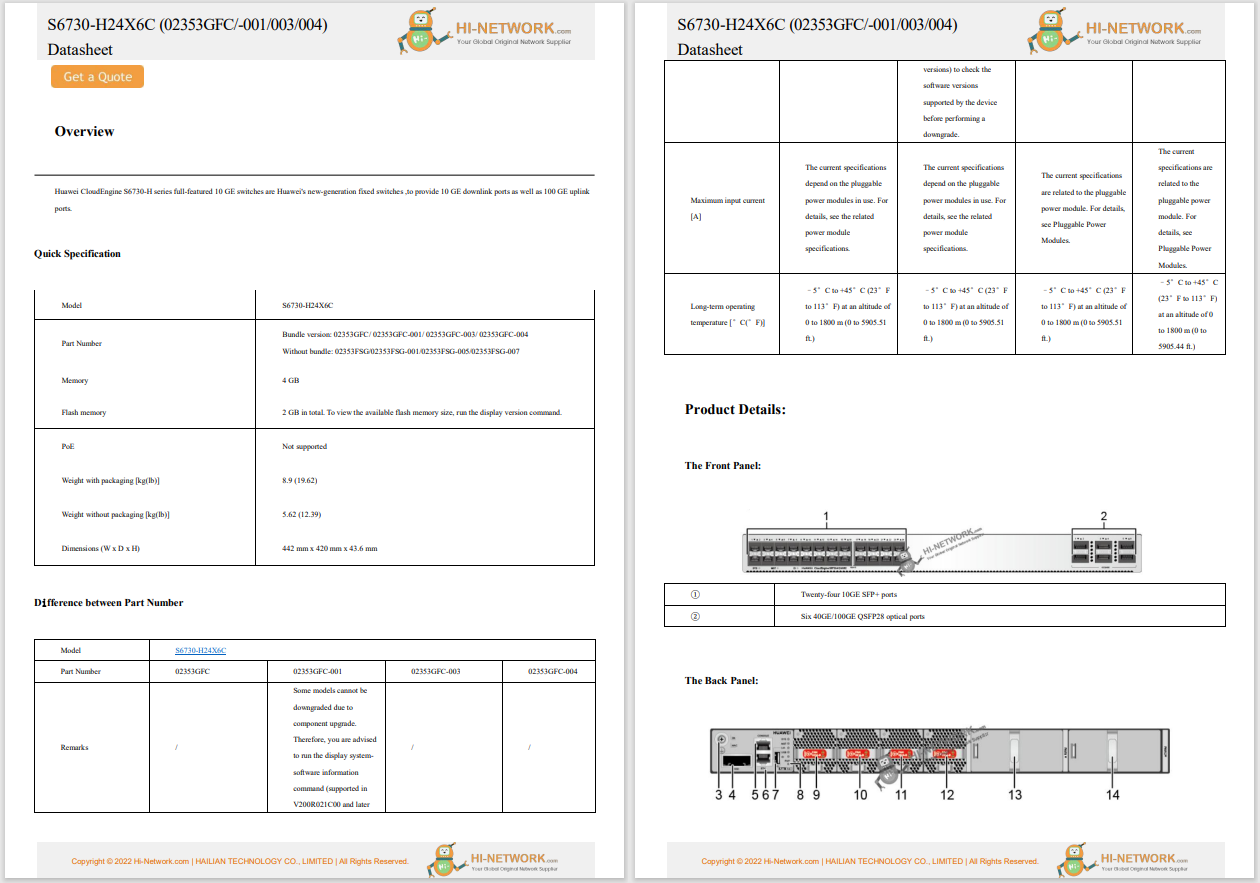
Traditionally, networks have been designed to operate continuously, running 24/7, 365 days a year.
In today's hyper-connected world, the rapid growth of AI and increasing data demands are straining both power availability and budgets, making it important to rethink traditional network operations. To transition from always-on to always-ready, customers seek network infrastructures that can transparently activate when needed, rather than keeping all components constantly powered and running, even without active data traffic.
Cisco is taking the lead to create a unified energy management experience integrating power monitoring, energy policy, and partner ecosystem interoperability -Cisco's Smart Power Framework. This extensible, scalable and simple solution will give Cisco customers access to data-driven decision-making to configure and make policy changes that can help to reduce energy consumption and gain savings.
Precision automation and regulation through Cisco's Smart Power Framework protocols enable efficient command and control of energy usage. Integrating devices, events, and systems is essential today for orchestrating energy management policies effectively. With a standardized approach, Cisco Smart Power Framework delivers a simplified user experience, predictable energy savings, and streamlined network management, and creates a path for an industry-wide standards approach.
Cisco's Smart Power Framework operates in three key phases:
With the first implementation, Cisco is revolutionizing energy management and operations with the Cisco C9350 Smart Switch and Cisco Desk Phone 9800 Series. With simple, smart power integration, the C9350 Smart Switch and Desk Phone 9800 Series will securely communicate to agree on power levels and policies, enabling both operational and cost savings. This is a future where the network adapts to your needs, not the other way around?.
Through Cisco's Engineering Alliances, we are collaborating with Smart Building solution partners MHT and ThinLabs to provide seamless interoperability between Cisco Switches and their IT/OT endpoints, delivering an enhanced Future-Proofed Workplace experience for our customers. Customers will be able to create smart power profiles to manage and apply power policies in alignment with compatible endpoints or independently at switchports. ?
_______
For too long, we've assumed that networking equipment must be power-hungry. However, just like smartphones dim their screens to save battery, networking gear can intelligently manage energy usage.Cisco's Smart Power Framework using Reduced Power modeisn't about limiting your network -it is about making your networksmarterand moreenergy-efficient.
 Hot Tags :
Cisco Energy Management
Hot Tags :
Cisco Energy Management